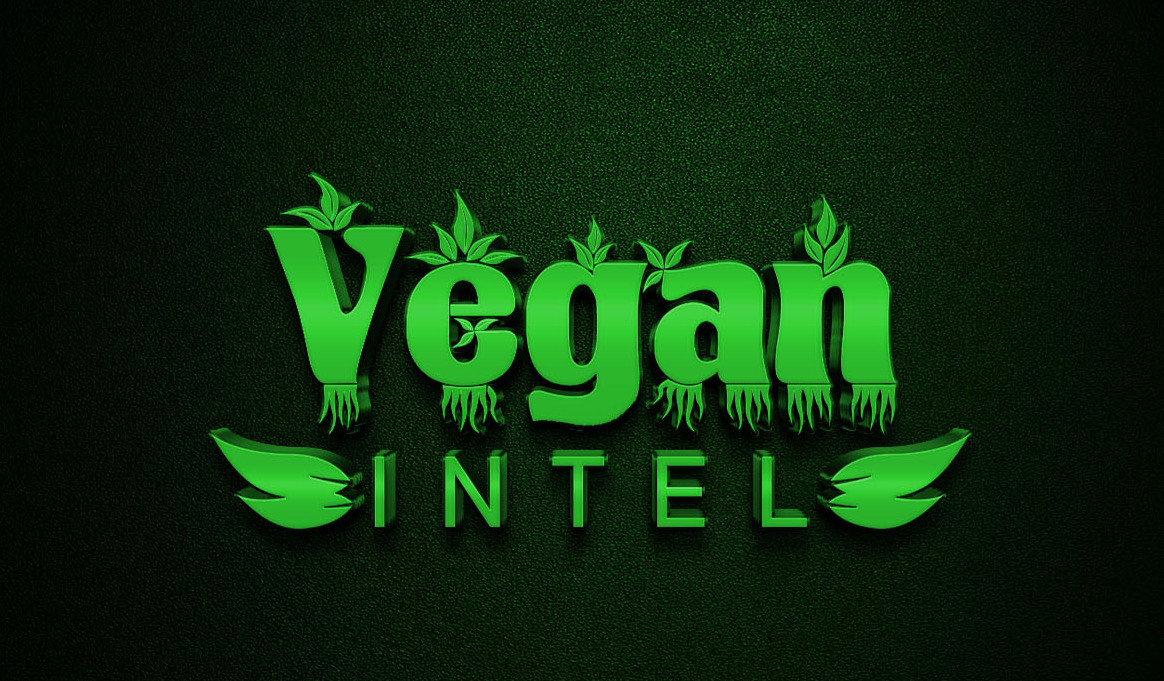Beans & Peas
Beans (also known as legumes or pulses) belong to an extremely large category of vegetables, containing more than 13,000 species and are second only to grains in supplying calories and protein to the world's population.
Compared to grains, though, legumes supply about the same number of calories but usually two to four times as much proteins.
Despite their small size, beans pack a surprisingly rich and varied array of substances that are vital for good health.
PROTEINS IN BEANS
Some people don't enjoy the health benefits of beans as they should because they often consider them an 'incomplete' protein.
There are 20 different amino acids that form protein and 9 of them cannot be produced by our body (hence they're called essential amino acids), so we need to eat them in our food. These essential amino acids are: tryptophan, valine, methionine, threonine, phenylalanine, leucine, isoleucine, histidine and lysine.
Food of animal origin (such as meat, fish, dairy products and eggs) contain all 9 essential amino acids, whereas beans lack one or two of them, typically methionine or tryptophan. Soybeans are the exception and contain all nine essential amino acids.
Although it's important to get all the essential amino acids, it's not necessary to get them from meat. In fact, because of its high fat content - as well as the use of antibiotics and other chemicals in the raising of poultry and cattle - most of the animal protein should be eaten only in moderation.
Also, in order for the body to use the protein in food, it has to break it down into the individual amino acids and then use these to build the polypeptide chains necessary to make protein for your muscles, your immune system and all of the many components of your body that require protein. So it doesn't matter to your body where the protein comes from - whether it is of animal or vegetable origin - as long it has the building blocks it needs.
The best way to go about it is to combine a variety of vegetable protein foods in our diet. For instance, although beans and brown rice are both rich in protein, each lack one or more of the necessary amino acids. Some health practitioners suggest to combine them together to form a complete protein that is a high quality substitute for meat.
To make a complete protein they advise to combine beans with one of the following:
brown rice
corn
nuts
seeds
wheat
But others believe that you can enjoy the health benefits of beans without having to combine them at each meal, as long as you eat other sources of protein during the same day or 24-hour period.
All soya products, such as tofu and soy milk, are complete proteins. They contain all the essential amino acids plus several other nutrients.
What Are the Benefits of Eating Peas?
Archeologists and historians believe the garden pea originated in either Egypt or China, and it has been a part of the diet for 5,000 years. A starchy vegetable, peas are a good source of energy, fiber, protein and essential vitamins. Including peas as one of your vegetable choices adds a number of benefits.
High in Fiber
Like most vegetables, eating peas can help you meet your daily fiber needs. A 1/2-cup serving contains 4.4 grams of fiber, more than 1 cup of oatmeal with 4 grams of fiber and a 1/2 cup of cooked broccoli with 2.6 grams of fiber. The fiber in peas can help you better manage your weight by keeping you feeling full longer. Fiber also lowers blood cholesterol levels. Your daily fiber needs vary depending on your age, sex and calorie needs. In general, women need 21 to 25 grams of fiber a day, and men 30 to 38 grams a day.
Heart-Healthy
Eating peas can also keep improve heart health. In addition to the fiber, peas are also high in lutein, with 1,920 IU per 1/2-cup serving. Lutein is a nonprovitamin A carotenoid, like lycopene. It primarily acts as an antioxidant, protecting your cells from oxidation. The Memorial Sloan-Kettering Cancer Society reports that people who have higher intakes of lutein have lower rates of atherosclerosis. Both the fiber and lutein in peas improve heart health by lowering cholesterol and preventing the buildup of plaque along your artery walls.
Good for Your Eyes
The lutein and vitamin A in peas also protects your eyes. Lutein, a natural plant pigment, is concentrated in the eye, and its antioxidant activity can protect you from both cataracts and macular degeneration by preventing oxidation. Vitamin A helps keep the surface of your eyes healthy. A 1/2-cup serving of peas contains 1,610 IU of vitamin A, meeting 32 percent of your daily value for vitamin A. Daily recommendations for lutein have not been established.
Good Source of Iron
Peas can also help you meet your iron needs. A 1/2-cup serving contains 1.2 milligrams of iron. Most of the iron you consume can be found in hemoglobin, the protein responsible for carrying oxygen throughout your body. Inadequate intakes of iron decreases oxygen delivery making you feel tired, decreasing your ability to concentrate and increasing your risk of infection. Iron needs vary depending on age and sex. Men and women over the age of 51 need 8 mg of iron a day, and women 19 to 50 need 18 milligrams a day. Women of childbearing age have higher needs than men and older women because of menstruation.

